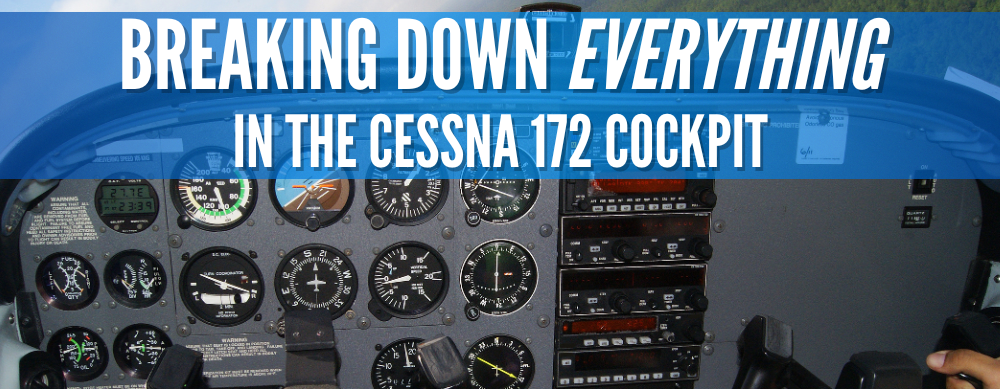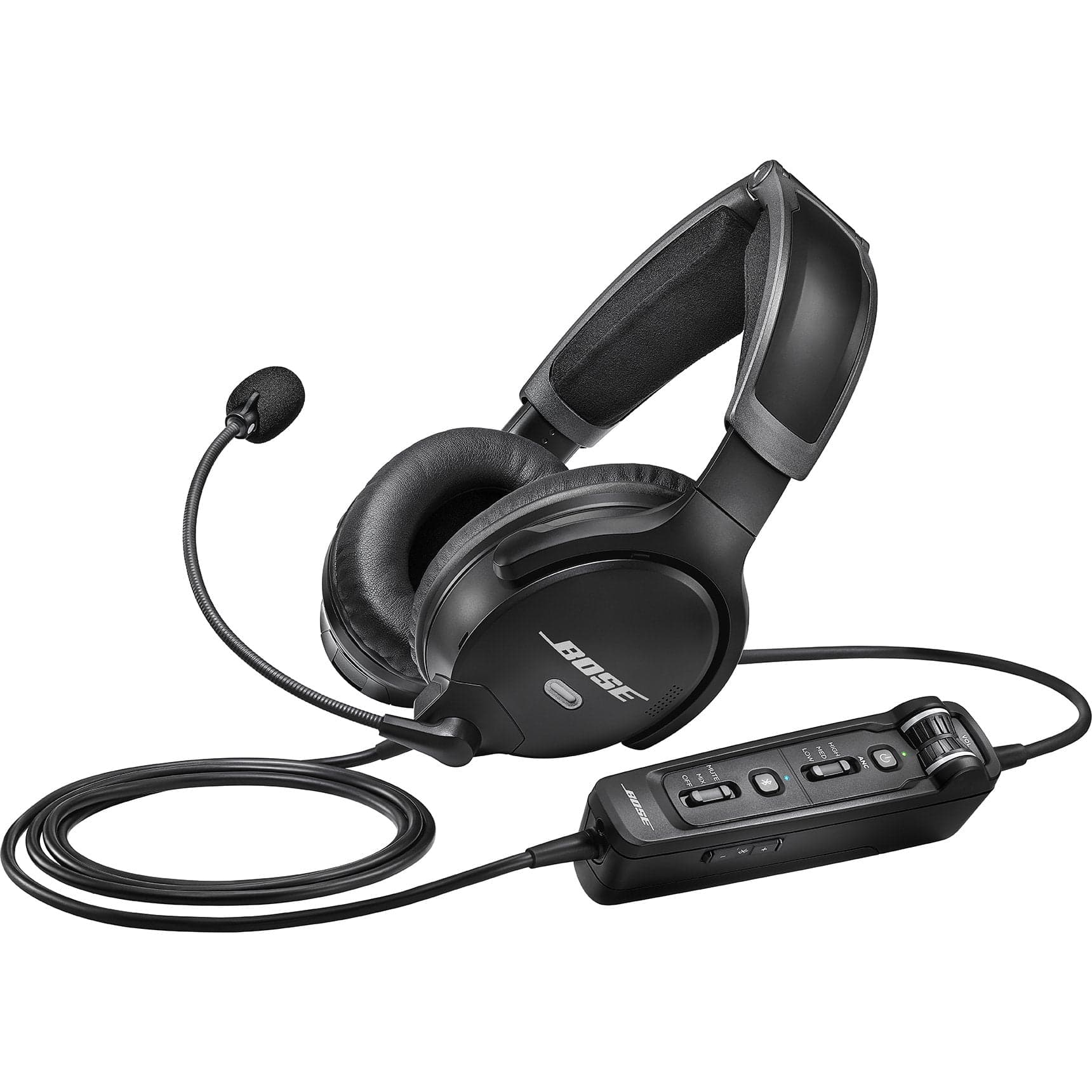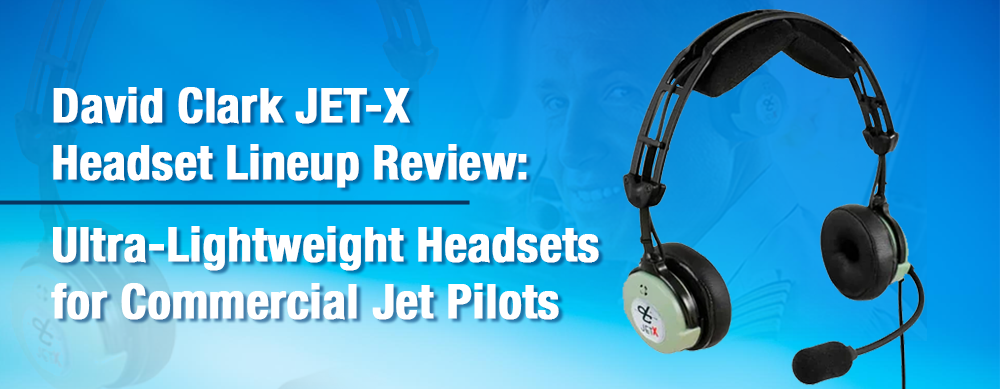Are you curious about the inner workings of a Cessna 172 cockpit? In this guide we’ll take your through each control and instrument to boost your cockpit awareness. If you're just starting flight training as a student pilot or preparing for a checkout in a new aircraft with your instructor, this guide will help you become a knowledgeable and confident pilot.

The Cessna 172
During my time as a student pilot, I was instructed in flying the Cessna 150 and 152 aircraft. After earning my private pilot license, I continued training for my Instrument rating with the Cessna 172 Skyhawk. I had always wished for a detailed guide to the different cockpits for studying purposes during chair flying exercises, but that's exactly what you'll get in this guide!
The Cessna 172 Skyhawk has a rich history, dating back to 1955. It remains one of Cessna's most beloved and enduring aircraft. Its fixed-wing design and tricycle landing gear make it a fan favorite choice for pilots everywhere. With room for one crew member and three passengers, it's perfect for training, small group adventures, or family trips.
Today you might see optional updated avionics to include systems such as the Garmin G1000 for a primary flight display or the Aspen Avionics Evolution flight displays. The use of electronic displays can replace gauge instruments which you might be more familiar with if you are just finishing your private pilot certificate.
I encourage you to learn how to operate the newer avionics in addition to traditional gauges. This will expand the range of aircraft you are able to fly confidently, and also prepare you for obtaining your instrument rating which will give you access to a wider selection of training aircraft and landing approach options.

Cessna 172 6-Pack
Most Cessna 172's share a similar instrument panel that includes the classic six-pack consisting of the primary flight instruments that you will find in the cockpit. It's called the 6-pack because it resembles looking at a six-pack of beverages from the top down. Instruments help provide better situational awareness for pilots to maintain their airspeed, course, and altitude effectively.
These are the primary instruments:
-
Airspeed Indicator: This indicator displays your airspeed in miles per hour or knots.
-
Attitude Indicator: This is also referred to as the "artificial horizon", it lets you know the pitch of the aircraft, the blue representing a pitch skyward, and the brown representing a pitch towards the surface.
-
Altimeter: The altimeter provides altitude information
-
Turn Coordinator: For the rate of turn and coordination of the aircraft's turns.
-
Heading Indicator (Directional Gyro): This informs you about the heading or direction the aircraft is taking.
-
Vertical Speed Indicator (VSI): For monitoring the rate of climb or rate of descent along with feet per minute.
For a more in-depth explanation of these instruments, you can check out our article on "The Complete Guide to Aircraft Instruments".

Cessna 172 Switches and Circuit Breakers
Beneath the 6-pack and your yoke, you will find:
-
Magnetos: You will need to insert the key for the aircraft and you can run a mag check on the left and right mags.
-
Master Switch: This switch consists of two red switches, one is labeled "ALT" for the alternator and the other "BAT" for the battery. Both of these switches are turned in the on position before firing up the engine.
-
Fuel Pump Switch: The switch that delivers the fuel from the tanks to the engine.
-
Light Switches: A series of switches are located near the circuit breakers for the lights. These are usually your beacon, landing lights, taxi lights, navigational lights, and strobe lights.
-
Circuit Breakers: Appearing like a set of small, round buttons on your electrical panel, these are the circuit breakers on a Cessna 172. Checking them is part of the pre-flight process. These breakers protect electrical circuits from overloading by interrupting the flow of electricity as needed.
-
Avionics Switches: These are the switches for turning on the avionics devices installed in the aircraft.

Cessna 172 Avionics, Navigational Systems and Comms
The systems equipped on your airplane may differ. Some models may not include a navigational GPS system like the Garmin 650.
Here are some potential features you may encounter on your Cessna:
-
Audio Panel: For radio communications, volume adjustments, and controlling audio within the aircraft.
-
GPS/NAV/COMM/MFD: With an installed Multi-Function Display (MFD) in the aircraft, pilots have access to several useful features. This includes controlling communications and navigation, as well as utilizing a Geo-Positioning System (GPS). You can load in IFR approaches, for your intended airport of landing and input your flight plan.
-
Transponder: A transponder is a necessary device for pilots to have in order to receive and transmit information from Air Traffic Control (ATC). It uses a unique code to help track and locate aircraft during flight.
-
Automatic Direction Finder (ADF): This device is usually found in airplanes and is designed to detect the direction of a radio signal transmitted from a non-directional radio beacon (NDB). Even though aircraft rely on GPS these days, this instrument can serve as a reliable backup for navigation.
To learn how to use the Garmin systems from the comforts of your PC, try out their PC training app.

Throttle, Mixture, and Flaps
The controls in a Cessna are easily recognizable with their straightforward design, reminiscent of the pull levers on a pinball machine. The mixture controls, distinguishable by their red buttons, are located next to the throttle, while the flaps of your high-wing aircraft can be operated with the controls to the right.

Trim, Fuel Shutoff, and Fuel Selector
Located in the center to the right of your right leg in the pilot's seat, you will find the trim controls for your Cessna 172. Beneath that, there is a red button for the fuel shutoff and a fuel selector switch that allows you to switch between the left and right tank or use both tanks simultaneously.
Takeaway
The cockpit of a Cessna 172 is similar to other aircraft, with some minor differences. As a student pilot, it is important to ask your flight instructor if you can take pictures of the interior or sit in the plane to familiarize yourself with it.
Don't be afraid to ask questions and challenge yourself by identifying each instrument out loud until it becomes second nature.
The Cessna 172 is highly regarded in the aviation community and may even become your favorite with time as well.
Want to learn about different aircraft?
Our guides provide everything you need to know.
Did you find this article helpful?
Do you think we missed anything important about the Cessna's cockpit? Let us know in the comments below!







